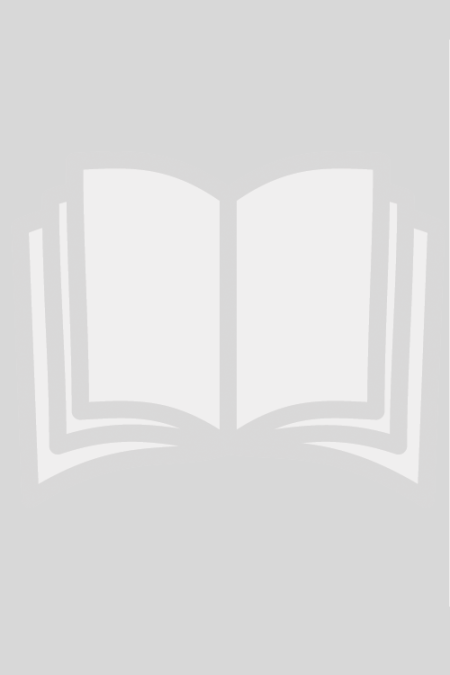
RISULTATI RICERCA
La ricerca ha estratto dal catalogo 103145 titoli




The pictures taken in the Abu Ghraib prison created a unanimous feeling of rejection and raised many questions. Presenting different levels of interpretation, they question the meaning of the contemporary world. Their radical violence compel us not only to think about new forms of information and circulation of images but also to question how we look at the current events. In order to understand the singular character of these representations, we need to analyse the photos, the discourse surrounding them and how they were collected and circulated.

The first interest of the article lies in the reconstitution of the whole collection of photographs that had been taken during the Armenian genocide. The author investigates the meanders of their diffusion, when the Turk regime had forbidden photographing the event. But the interest principally concerns the way that collection was used for one’s own end during the whole century. In that respect, she analyzes the nature and the role of the photographs which are published in the battle for the official recognition of the Armenian genocide.

The SS photographies produced in the concentration camp of Mauthausen have been saved in exceptionnal circounstances by a group of spanish republicans inmates. By a selection of this corpus, this study focus on the domination practices inside the camp and on the SS photographer’s point of view on the groups of inmates. In fact, the analyse of the photographical series shows how the camera functions during the collective humiliations and tortures. These images of the “mass society”, described by the sociology of the camps (Arendt, Sofsky), can be used for the description of a double process, the destruction of individuals and the massification of bodies, which lead to the optical effacement of the individuals and their human singularity in national-socialist’s concentration camps system.

The present study is based upon an impressive collection of documents. It investigates two layers between photography and violence. The first one presents the photograph as a mirror of the terrible acts perpetrated by the Italian troops in the Balkan. But the photograph constitutes also as a very part of the violent act itself. As a matter of fact, horror just exists as a set-up and is justified only when commemorated by the snapshoot, which appears as the trophy to commemorate violence.

This article focus on a specific corpus on prostitution, published in a photographical book on french medicin in Morocco during the 1930’s. In the same time, this serie of images, which is studied, concerns the regulation rules in the colonial context, the control and the survey of the prostitutes group and also the repressive aspect which is support by a hygienic discourse and a racial segregation. The violence of the images cames from the iconographical uses of naked women during the gynecological visit and the trivialization of those pictures. In this way, the photograph becomes one actor in the apologetic construction of the colonial medicine and contributes to the construction of “natives” women’s degrading images. Those corpus, compared to writing archives, help the study of the iconographical form of masculin and colonial domination. The practice of photography could be considerated as one of the means which might support the medical, moralist and racist discourse as one of the center of colonial ideology.

At the outbreak of the First World War, the French and German illustrated press claim to inform better on the events through the pictures. But the war has changed and the way to die or to fight is not the same before. How pictures can face the question of extreme violence, perpetrated at distance and anonymously? Each weekly will express a particular way to investigate this new reality. When the German newspaper avoids the crude photography and remains in the traditional representation of violence with drawings, the French illustrated press looks for sensational snapshots to bridge the gap between the soldiers and the home front. Finally, beyond many differences regarding the way to deal with specific themes of the conflict, both express a difficulty to face the very violence of the war which is chaos.










